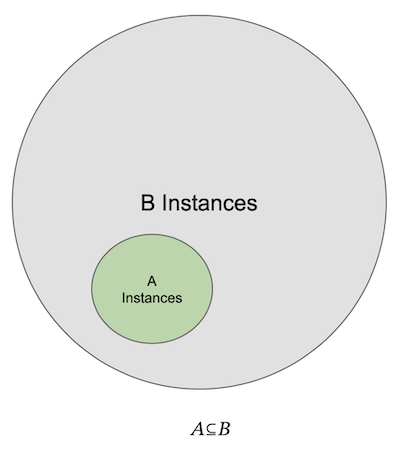Evolution
Concerto has been designed to consider model evolution (change) to be a first-class use case. Concerto namespaces are versioned using semantic versioning to ensure that dependencies between models are explicit and that the dependency graph between models is deterministic.
Change is the only constant; Data models will change, so we need to be prepared for change
Semantic Versioning
Also called “semver”, semantic versioning is an industry standard set of requirements that define the meaning of a version string such as 1.0.3, 0.74.1 or even 4.0.0-beta.2.
In summary, semver breaks down a version into four parts:
- MAJOR.MINOR.PATCH-PRERELEASE
Where PRERELEASE is optional.
Further, semver defines MAJOR.MINOR.PATCH as follows
- MAJOR version when you make incompatible API changes,
- MINOR version when you add functionality in a backwards compatible manner, and
- PATCH version when you make backwards compatible bug fixes.
Compatability
When you make changes to a model some of those changes may be classes as breaking changes.
Note that this is about backwards compatibility only, and says nothing about forwards compatibility.
What is NOT a breaking change?
A model A is strictly compatible with a model B if all valid instances of the types defined by A are also valid instances of the types defined by model B.

Examples of non-breaking changes:
- Adding a new type to model B
- Adding a new optional property to a type defined in model A to an equivalent type in model B
Note: model A being strictly compatible with model B does not imply that model B is strictly compatible with model A! Forwards vs backwards compatibility…
Breaking Changes
Examples of breaking changes:
- Changing the type of an property
- Changing the name of an property (or deleting an property)
- Removing a declaration
- Changing the name of an declaration
- Changing a constraint on an property
- Removing values from an enumeration
- Making a breaking change to a parent declaration
- Adding a new required property
Use the concerto compare command line utility to compare two Concerto models to determine whether they are compatible.
Considerations for Persistence
Practically speaking, once millions of instances of the types defined in model have been created then a strict governance process for model changes must be put in place.
If end-users are making model changes they should either be prevented from making breaking changes, or warned that a change is breaking and that data will need to be migrated, or that broken instances will be deleted.
When storing instances track which version of a model was used to create the instance, and we use that model+version to verify instances.